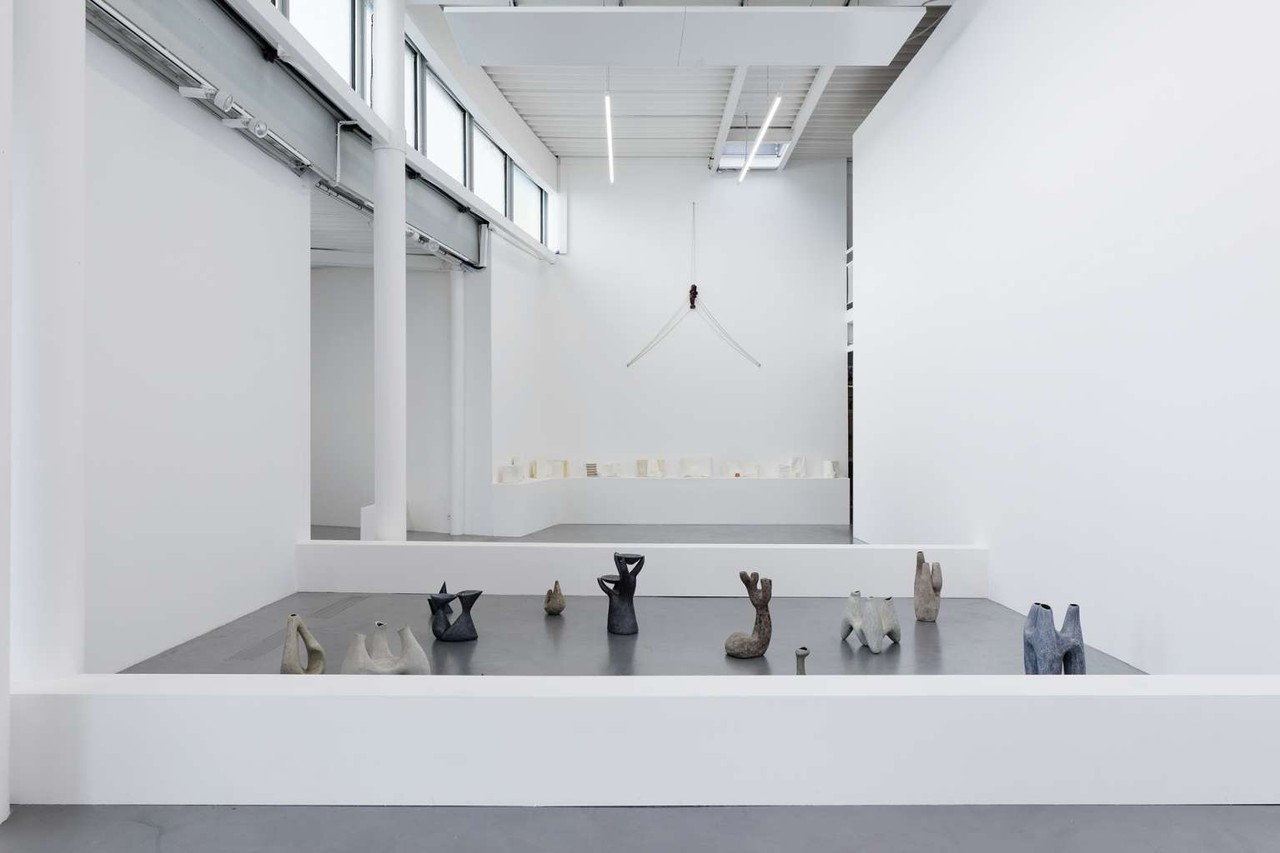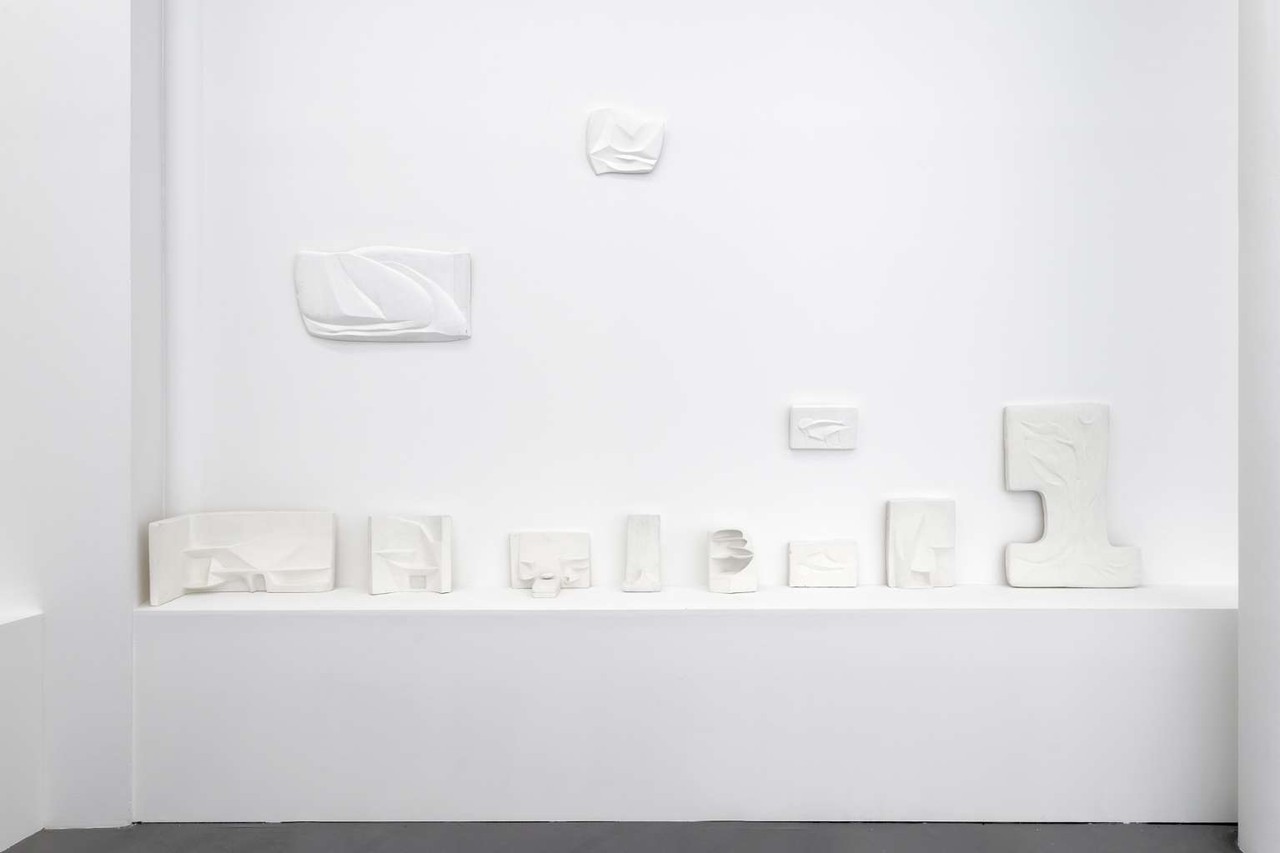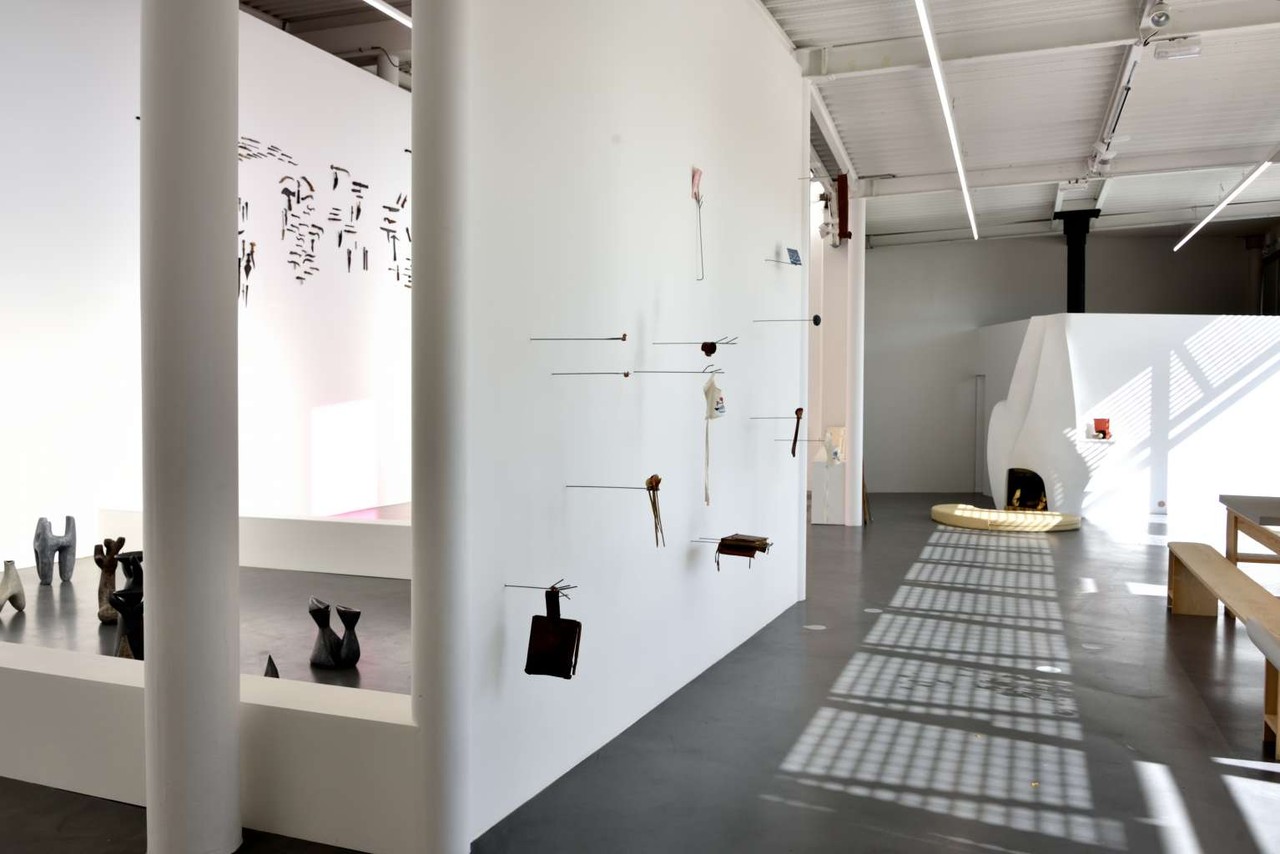Valentine Schlegel by Hélène Bertin
30 Sep - 09 Dec 2017

Installation view of "This Woman Could Sleep in Water", Valentine Schlegel by Hélène Bertin, CAC Brétigny, 2017
Photo: © Aurélien Mole
Photo: © Aurélien Mole

Valentine Schlegel, Livre des Eclaireuses de France, 1940
Courtesy of the artist. Installation view of "This Woman Could Sleep in Water", Valentine Schlegel by Hélène Bertin, CAC Brétigny, 2017
Photo: © Aurélien Mole
Courtesy of the artist. Installation view of "This Woman Could Sleep in Water", Valentine Schlegel by Hélène Bertin, CAC Brétigny, 2017
Photo: © Aurélien Mole

Installation view of "This Woman Could Sleep in Water", Valentine Schlegel by Hélène Bertin, CAC Brétigny, 2017
Photo: © Aurélien Mole.

Installation view of "This Woman Could Sleep in Water", Valentine Schlegel by Hélène Bertin, CAC Brétigny, 2017
Photo: © Aurélien Mole
Photo: © Aurélien Mole

Installation view of "This Woman Could Sleep in Water", Valentine Schlegel by Hélène Bertin, CAC Brétigny, 2017
Photo: © Philippe Bertin
VALENTINE SCHLEGEL BY HÉLÈNE BERTIN
This Woman Could Sleep in Water
30 September — 09 December 2017
The show “This Woman Could Sleep in Water” (Cette femme pourrait dormir dans l'eau) is the work of the artist Hélène Bertin. It springs from her research into the art of living and the art practice of Valentine Schlegel, which Bertin carried out with the earlier artist’s family and friends, students, and collectors. One of Schlegel’s fishermen friends, sizing up her ability to nap in almost any conceivable space unperturbed, came out with this expression from the coastal town of Sète to describe her serene attitude.
Born in 1925, Valentine Schlegel developed her constantly changing daily art practice between Paris and Sète. Like a Swiss Army knife, she eventually mastered several techniques, producing everyday objects with sculptural shapes that include wooden flatware, ceramic vases, leather bags, and plaster fireplaces. Designed without any inherent hierarchy, and often in collaboration with the artist’s friends, this body of work is made up of objects in a range of sizes and uses, from the fantastic to the quotidian. Schlegel also created many architectural elements in plaster intended for home interiors. Because of their immovable nature, these sculptures for everyday life are also the reason why Schlegel’s work has remained little known. If she did not address only the world of art exhibitions through her work, she was nevertheless part of historic events at the Musée des Arts Décoratifs at a time when the Pompidou Center did not exist.
Today, through Schlegel’s practice, Hélène Bertin seeks to highlight other addresses of art. The accompanying catalogue (edited by <o> future <o>) is a “monographic biography” devoted to Valentine Schlegel. The exhibition itself has been conceived in two parts. The first, the visual one, showcases a selection of the artist’s works. The second is “active” and punctuates the show with a series of participatory events, including a chestnut harvest, a Romertopf clay pot dinner, debates around the hearth featured in the show, and workshops for children, inspired by the teaching methods the artist developed in a series of “Workshops for Young People under 15” at the Musée des Arts Décoratifs.
This Woman Could Sleep in Water
30 September — 09 December 2017
The show “This Woman Could Sleep in Water” (Cette femme pourrait dormir dans l'eau) is the work of the artist Hélène Bertin. It springs from her research into the art of living and the art practice of Valentine Schlegel, which Bertin carried out with the earlier artist’s family and friends, students, and collectors. One of Schlegel’s fishermen friends, sizing up her ability to nap in almost any conceivable space unperturbed, came out with this expression from the coastal town of Sète to describe her serene attitude.
Born in 1925, Valentine Schlegel developed her constantly changing daily art practice between Paris and Sète. Like a Swiss Army knife, she eventually mastered several techniques, producing everyday objects with sculptural shapes that include wooden flatware, ceramic vases, leather bags, and plaster fireplaces. Designed without any inherent hierarchy, and often in collaboration with the artist’s friends, this body of work is made up of objects in a range of sizes and uses, from the fantastic to the quotidian. Schlegel also created many architectural elements in plaster intended for home interiors. Because of their immovable nature, these sculptures for everyday life are also the reason why Schlegel’s work has remained little known. If she did not address only the world of art exhibitions through her work, she was nevertheless part of historic events at the Musée des Arts Décoratifs at a time when the Pompidou Center did not exist.
Today, through Schlegel’s practice, Hélène Bertin seeks to highlight other addresses of art. The accompanying catalogue (edited by <o> future <o>) is a “monographic biography” devoted to Valentine Schlegel. The exhibition itself has been conceived in two parts. The first, the visual one, showcases a selection of the artist’s works. The second is “active” and punctuates the show with a series of participatory events, including a chestnut harvest, a Romertopf clay pot dinner, debates around the hearth featured in the show, and workshops for children, inspired by the teaching methods the artist developed in a series of “Workshops for Young People under 15” at the Musée des Arts Décoratifs.
